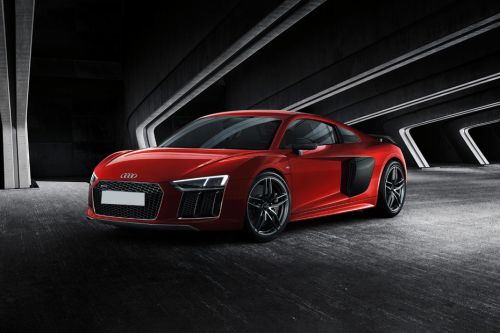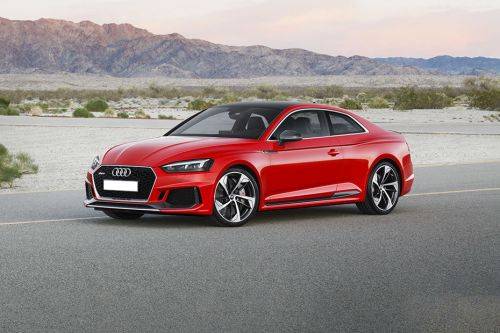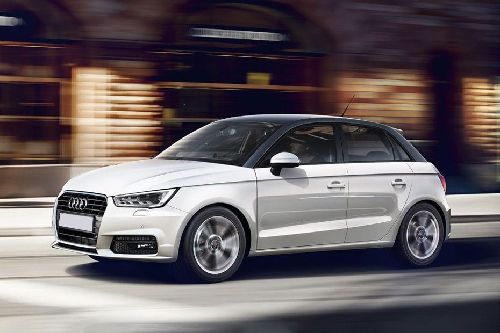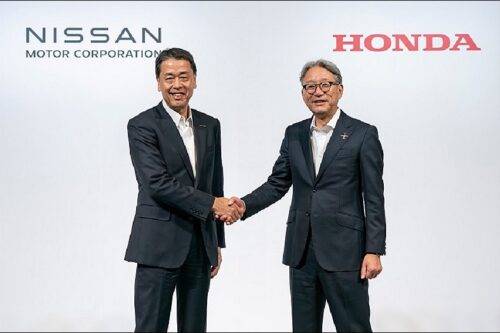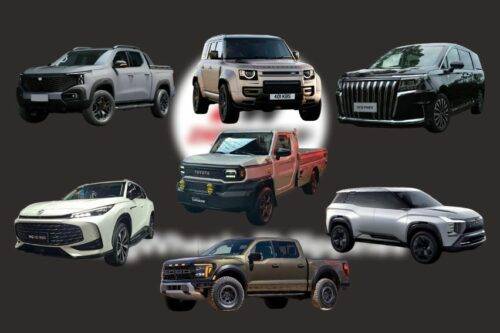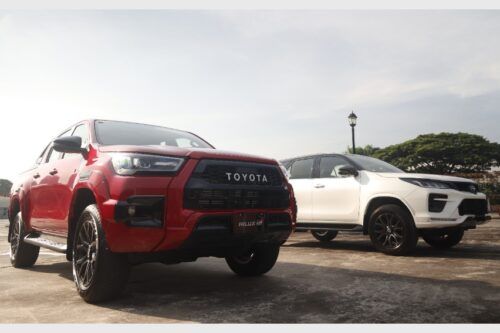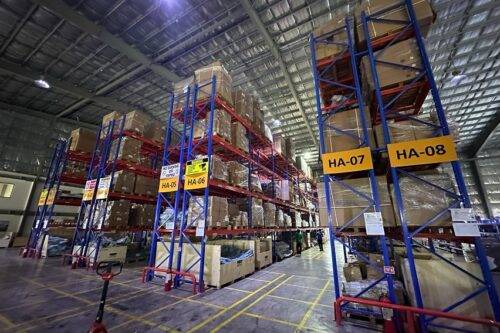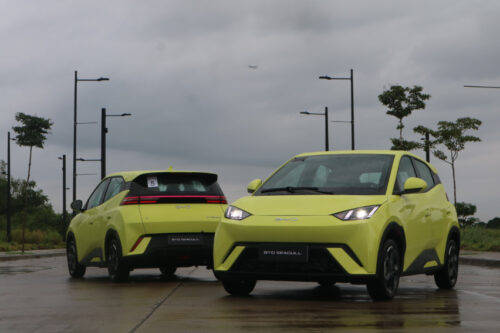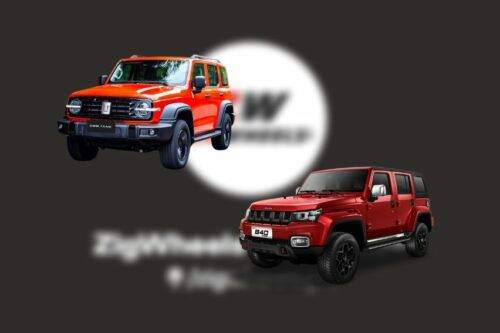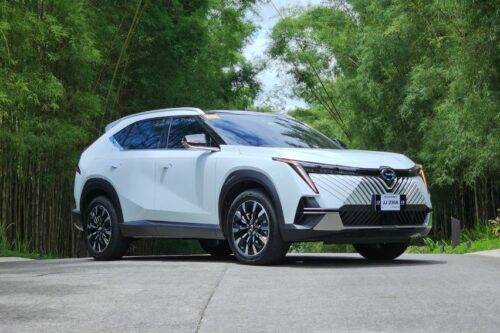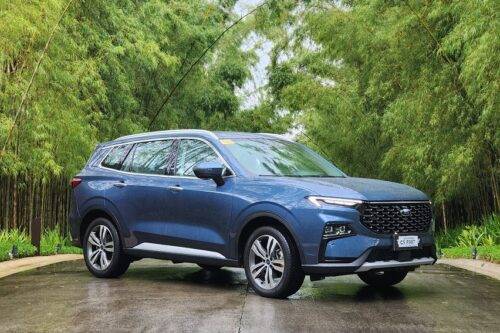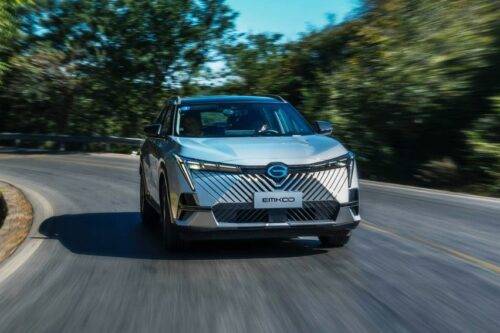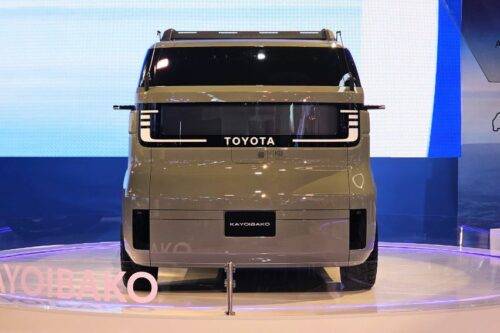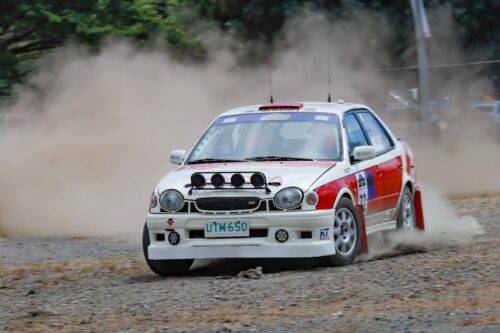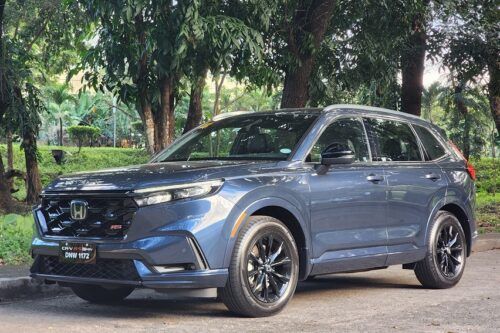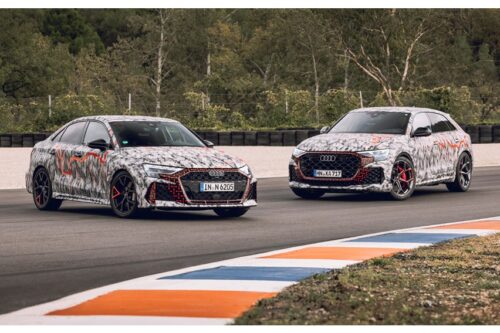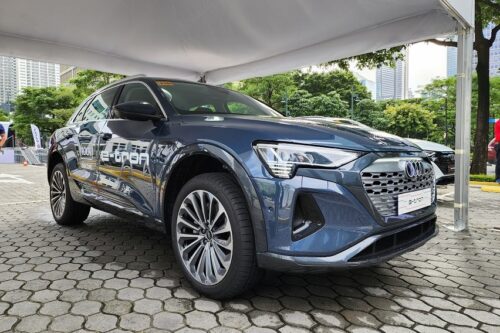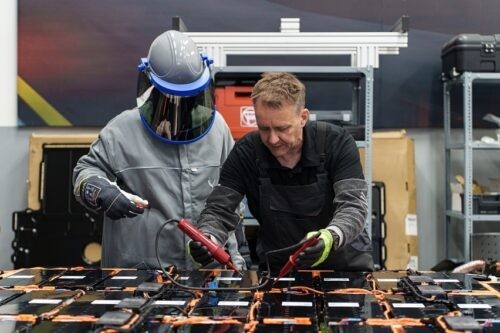Audi modernizes production line with virtual reality, 3D scanning
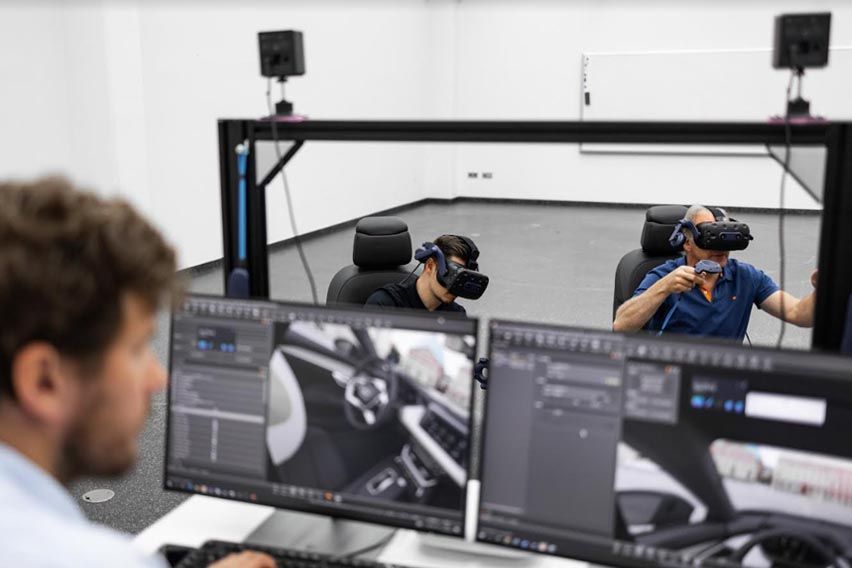
MANILA: Audi is establishing a completely networked, extremely effective, and sustainable production system.
KEY TAKEAWAYS
What modern features is Audi adding to its production line?
Audi is employing modular assembly, virtual reality, creating virtual car prototypes, and 3D scanning of assembly lines and cars. The 3D scans serve as Audi template for production.What is modular assembly?
With modular assembly, Audi is putting the idea into practice in the Ingolstadt plant's interior door panel pre-assembly first. The test operation's work no longer proceeds in a set order. Instead, it fills certain gaps. AGVs, or automated guided vehicles, deliver door panels directly to the station where the parts are put together.“We’re using synergies and looking at production as a whole — from the worker to the fully automated cycle,” Member of the Board of Management for Production and Logistics of Audi Gerd Walker said.
In the Audi Production Lab, Project Manager Wolfgang Kern’s team is preparing modular assembly for mass production.
With modular assembly, Audi is putting the idea into practice in the Ingolstadt plant's interior door panel pre-assembly first. The test operation's work no longer proceeds in a set order. Instead, it fills certain gaps. AGVs, or automated guided vehicles, deliver door panels directly to the station where the parts are put together.
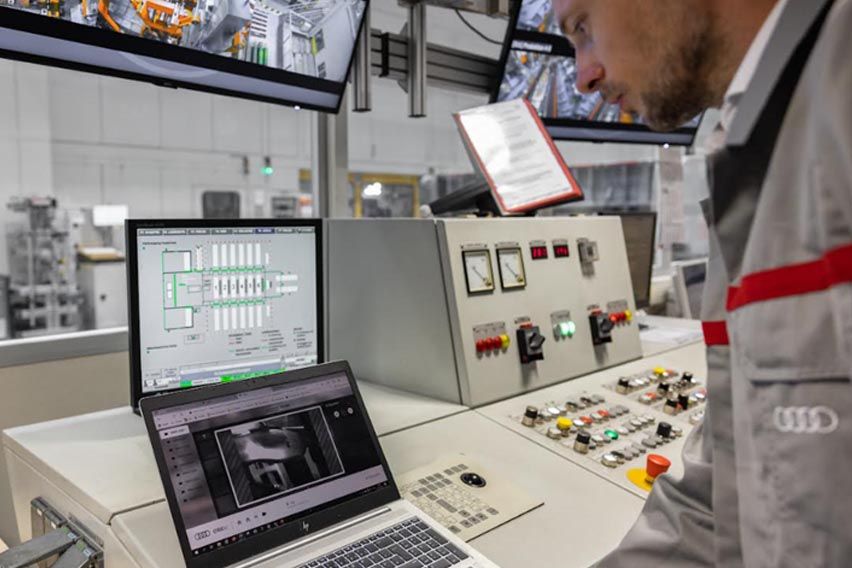
The modular assembly can be connected to particular industrial processes. For instance, one person may easily install full sun shades. Due to the predetermined processing periods in an assembly line, that used to require two or three people. Audi is able to hire individuals who are no longer able to work on the line owing to physical restrictions, thanks to the flexible system.

Virtual representations make it simple and quick to compare a model's numerous designs and equipment options in various settings and illumination. One critical objective is to put the design into production with the fewest number of cuts possible and get it out to customers as soon as possible.
In order to do this, specialists examine design drafts from a model's early development stage up through the release of the tools to determine if they can be replicated in serial production. From data, Audi can build the finished product.
Audi is able to display an automobile in its actual size thanks to Powerwalls. Cars can be portrayed accurately and with calculations for physical light, shadow, and reflection when used in conjunction with the visualization cluster, a computer cluster with a total of 26,000 CPUs.
Audi uses head-mounted displays more and more in addition to the powerwall visualization. The main benefit of that approach is that it enables professionals to view virtual models from the viewpoint of the client.

Audi simulates the body in 3D outside the automobile so that the impacts of component and assembly tolerances can be observed in the visual of the car. Virtual reality is then used to provide a realistic visualization of the simulation results.
As a result, the specialists from Audi Manufacturing may, for the first time, influence the design and development process from the production site, independent of the time or location, at nearly no additional expense.
In addition to conserving material resources, virtual assembly planning enables creative, adaptable collaboration among several sites. It does away with the necessity to create prototypes during the planning phase. Three-dimensional point clouds created through scanning can be used to digitally reverse-engineer machinery and infrastructure.
The robot dog Spot is currently being tested by Audi and NavVis so that they can perform the 3D scans as quickly as feasible. Thirteen plants and about four million square meters have been impacted since the beginning of site digitalization in 2017.
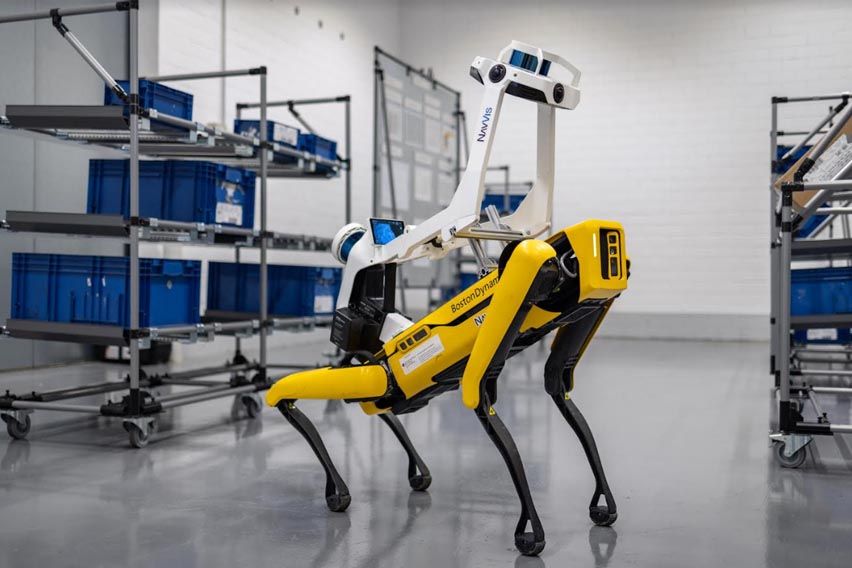
In a single-shift setting, scanning an area of 100,000 square meters—such as the Neckarsulm Audi A6 production facility—takes roughly three weeks. Only the evenings or weekends are available for the scanning. In addition, structural obstructions like steps and doors complicate the scanning process.
Audi’s Spot robot dog scans and copies the shop floor, conveyor technology, tools, shelving, and containers alongside the new Audi model.
Today, Audi is searching for newer ideas for future digital production
In the educational site in Heilbronn, Audi collaborates closely with the Technical University of Munich and the Fraunhofer Institute for Industrial Engineering and Organization ((IAO) on digitization.
The "Automotive Initiative 2025" (AI25) of Audi seeks to create the world's top network of knowledge for the innovation and transformation of the digital factory. AI25 sees itself as a thought leader and a crucial part of the shift to digital. The Neckarsulm Audi facility will be a key component of the Volkswagen Group's digital transition as a pilot factory.
Audi also employs its Gaimersheim Production Lab to find cutting-edge technology and successfully incorporate them into production processes.
Photos from Audi
Also read: Audi Sport marks 20th anniversary of RS 6
Sell your car at the best price
 Verified and genuine buyers
Verified and genuine buyers
Audi Car Models
PIMS 2024
Trending & Fresh Updates
- Latest
- Popular
You might also be interested in
- News
- Featured Stories
Audi Featured Cars
- Latest
- Popular
Latest Audi Car Videos on Zigwheels

Audi Car Articles From Carmudi
- journal


